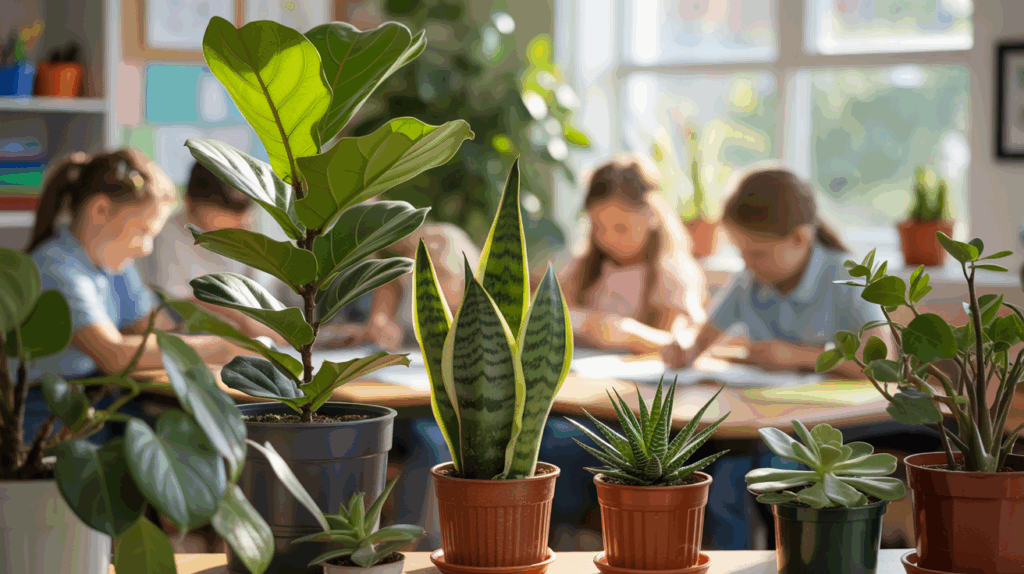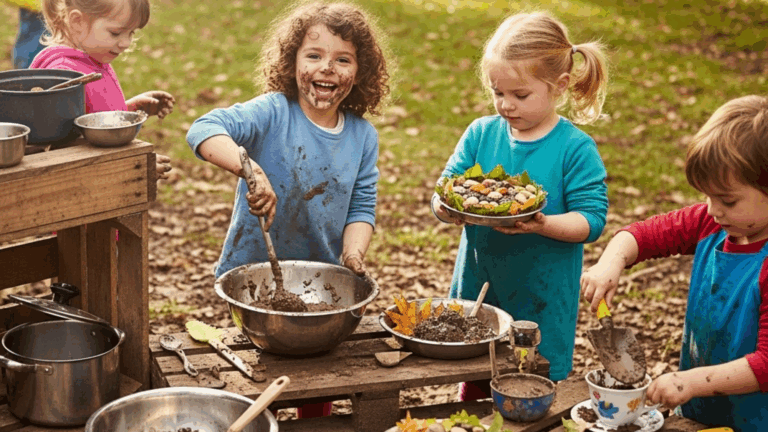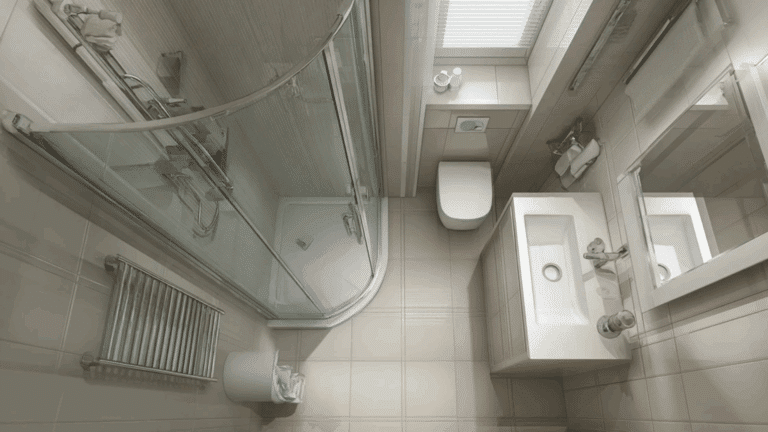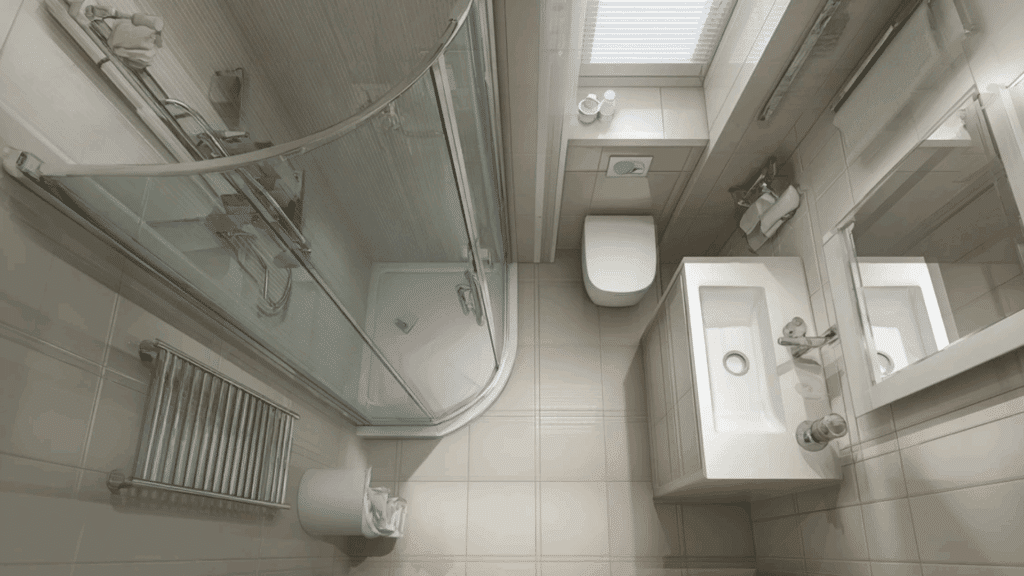Classroom plants always promote learning while improving the quality of air and relieving stress.
This blog offers exceptional plant varieties specially selected for classrooms, each requiring minimum care and maximizing environmental and educational benefits for young students of all ages.
The Best Collection of Classroom Plants
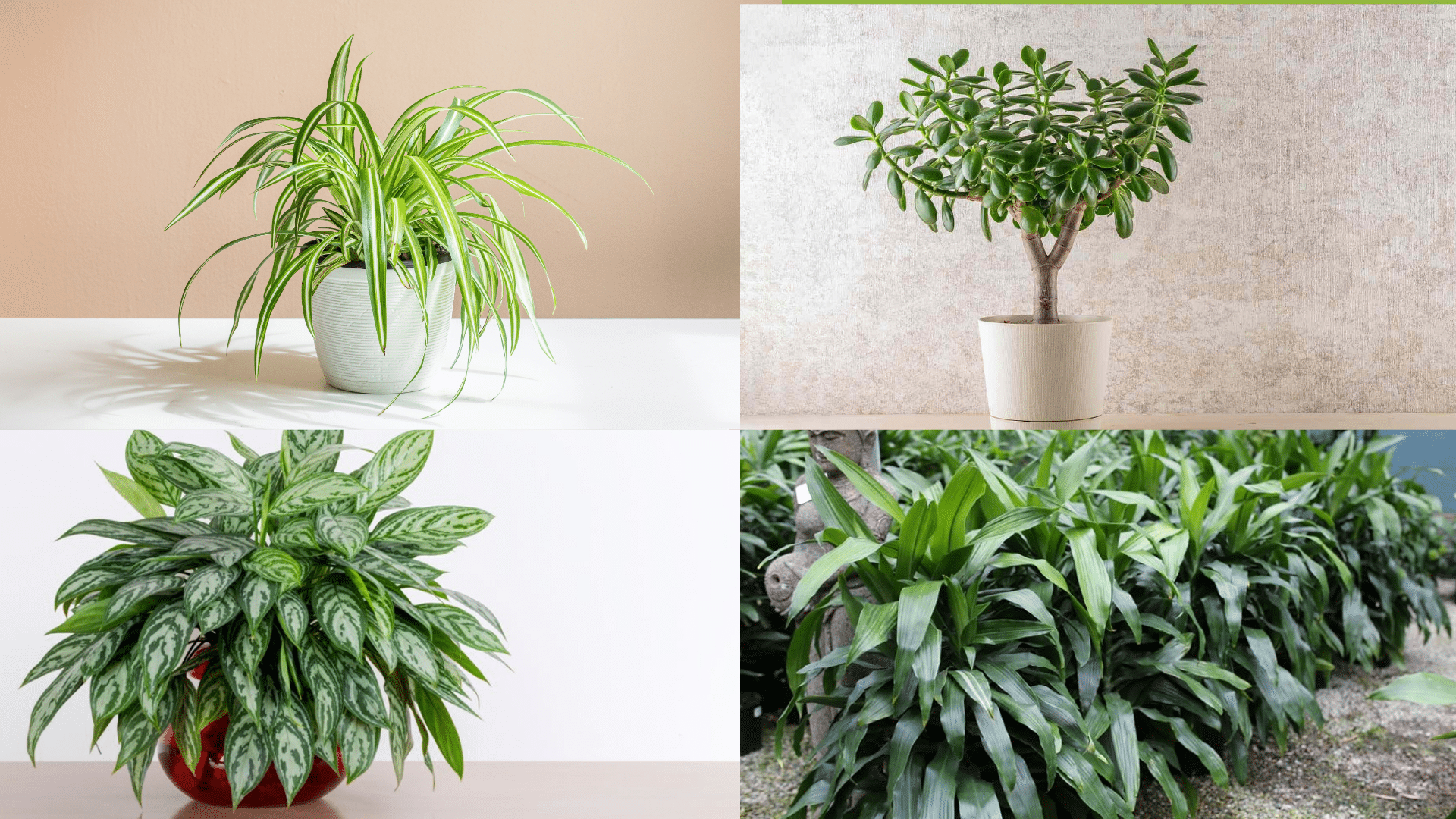
1. Spider Plant
The spider plant is a very common classroom plant because they are adaptive in nature and do not require any attention. Their names come from their leaves curling, making them look like legs.
Spider plants are also known as airplane plants, ribbon plants, and spider ivy. It looks like a hanging basket. This plant is very effective in helping to clear chemicals from the air.
How to care:
- Always try to keep your spider plant in medium to low light.
- Use water when you feel the soil is dry to the touch.
- Cut your plant once a year in the summer season.
2. Jade Plant
This plant grows up to 10 feet tall, so be careful that this classroom plant requires more maintenance. Plants have a miniature and tree-like appearance that makes them an appealing classroom plant. Jade plants can live up to 70 years.
This is a low-maintenance succulent that purifies air and promotes positive energy.
How to care:
- Always use wider space as you think the plant needs.
- Try to use fertilizer every 3-4 months.
- Always keep the plants near a bright window.
3. Dracaene Janet Craig
Dracaena Janet Craig can reach up to 7 to 8 ft and the life span of this plant is around 10-15 years. It is very low maintenance in nature that makes this beginners friendly.
This plant is also known as Dracaena Fragrans. Known for removing toxins, this belongs to the asparagus family and is found in the tropical regions of South Africa.
How to care:
- Change to a larger pot when the roots have filled with native ones.
- Always wipe the leaves with a moist cloth to remove the dust.
4. Chinese Evergreen
Chinese evergreen is a tropical plant with white and green leaves. It is a great low-light indoor plant and easy to grow, even for a new one, and is known for boosting creativity.
How to care:
- Place it in a place where humidity should be high and there is an ample amount of indirect light.
- Let the top inch of soil dry between the watering phase.
- Use an ample amount of fertilizer during summer and winter.
5. Lucky Bamboo
It is a tropical plant from Africa and a part of the asparagus family. It’s a slow-growing greenery that’s easy to care for in a low- or medium-light spot.
It is widely available in a variety of arrangements, including heart shapes, twists, and more. It requires a moist potting mix or chlorine-free water to grow.
How to care:
- Try to avoid cold environments. The ideal temperature would be a minimum 65’F.
- Always try to place the lucky bamboo near an indirect source of light.
- Always use distilled water or pure water and try to change the water on a weekly basis.
6. Snake Plant
It is a fleshy plant characterized by its upright sword-like leaves with vibrant yellow edges. It is low maintenance in nature and helps in air purification. This plant is also known as Sansevieria Trifasciata.
How to care:
- Always keep your plants in a warm place, ideally above 10’C.
- Water only when the soil feels dry about 3 inches deep.
7. Pathos Plant
Pathos plants are very popular among the best air-purifying plants and a fast-growing plant. It is very low maintenance in nature and has the ability to grow in very low light.
Easy-to-grow vine that removes indoor pollutants and increases humidity.
They are great for handling as the leaves fall down. Pathos plants live an average life of 5 to 10 years.
How to Care:
- Allow soil to dry out completely between the watering phase.
- Give a sufficient amount of indirect light
- Always use a balanced amount of fertilizer on a monthly basis during summer and spring.
Benefits of Plants in A Classroom Setting
Plants have been connected to improved concentration and memory as well as trimming in stress.
Here are some benefits of the classroom plants:
- Improved air quality: Through photosynthesis plants filter out air impurities and release oxygen, allowing teachers and students to enjoy a better breathing experience.
- Improved focus and concentration: Looking at more greenery helps relax the mind.
- Stress reduction: Green surroundings help lower stress in students and calm teachers.
- Hands-On Learning: Plants allow live learning about biology and environmental science.
- Aesthetic improvement: Plants beautify the unnaturally warm classroom, make them feel energetic and create a good vibe around the classroom.
How to Choose the Right Plants for Your Classroom
These are a few points to make sure of before choosing any classroom plants:
- Light Availability:Evaluate the natural light present in your classroom. Select plants which do well in the light conditions present, such as low-light tolerant varieties for sunny classrooms.
- Low Maintenance:Choose low-maintenance plants that can tolerate inconsistent watering or irregular schedules, ensuring the plants stay alive amid busy classroom routines.
- Air Quality Improvement:Choose plants that help improve air quality by absorbing carbon dioxide and releasing oxygen and, therefore, making the air in the classroom healthier for the students and the teachers.
- Safety: Check that the plants will not pose any risks to children and are considered safe especially in the younger classes who are more likely to get their hands or mouths on the plants.
- Hands-On Learning Opportunities:Select plants that can serve as teaching materials and permit the students to participate in caring for the plants and thereby learn biology and environmental Science.
To Conclude
Plants give natural beauty to a classroom which is admired by the young students.
The presence of plants around the classroom has been shown to improve the young students and teachers’ abilities to concentrate, recall previous knowledge, improve their productivity, and lessen mental fatigue.
Focus first on caring for one or two plants, and soon your classroom will scatter with positivity and energy which improves confidence for both the students and teachers.


